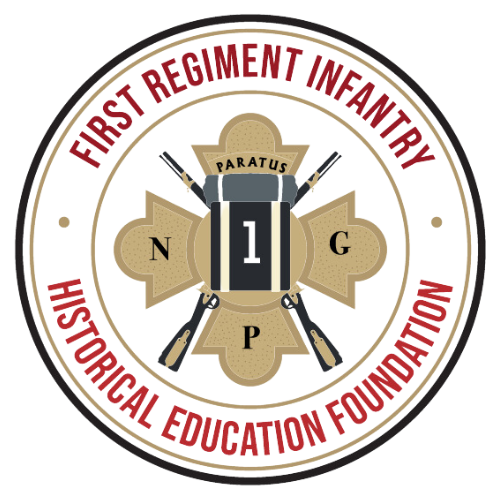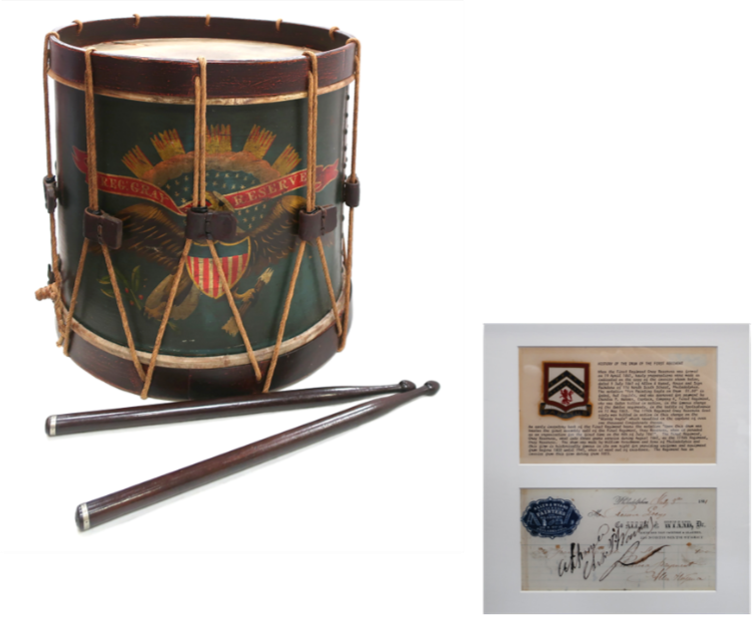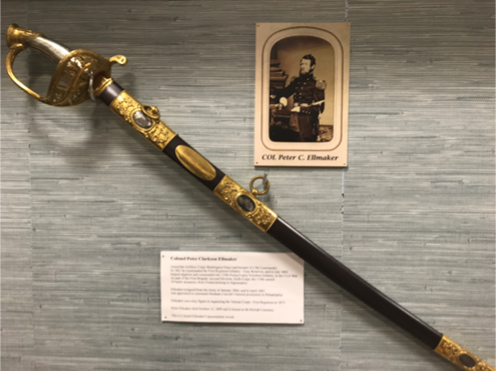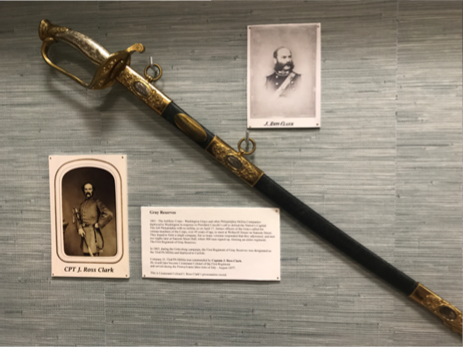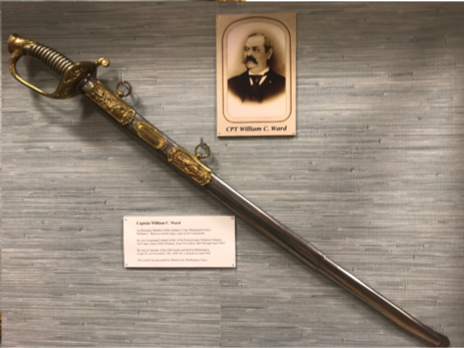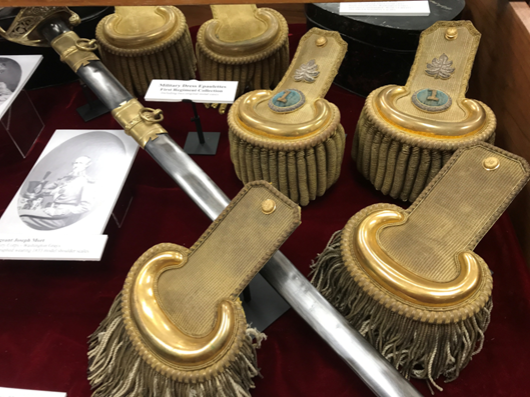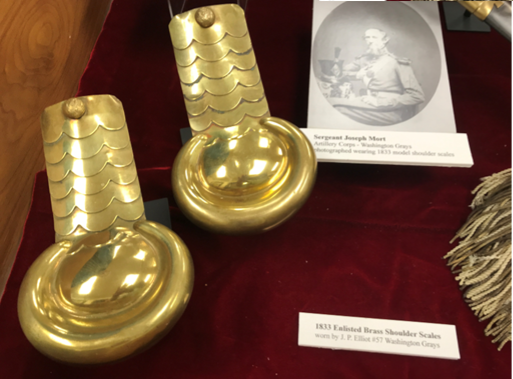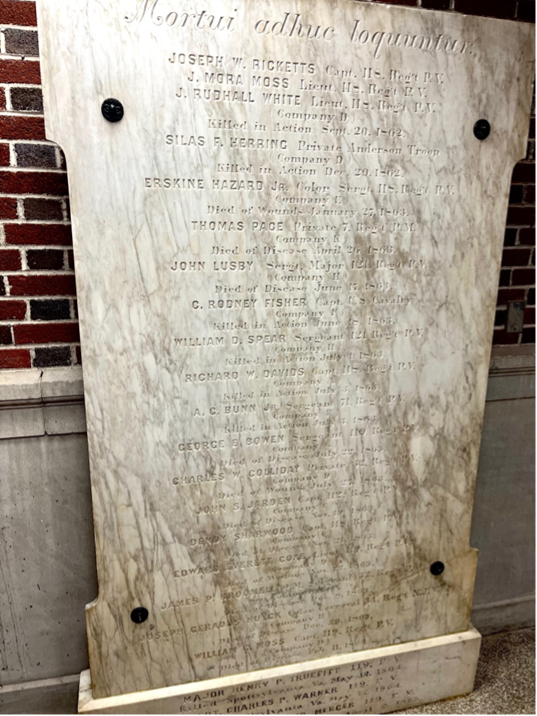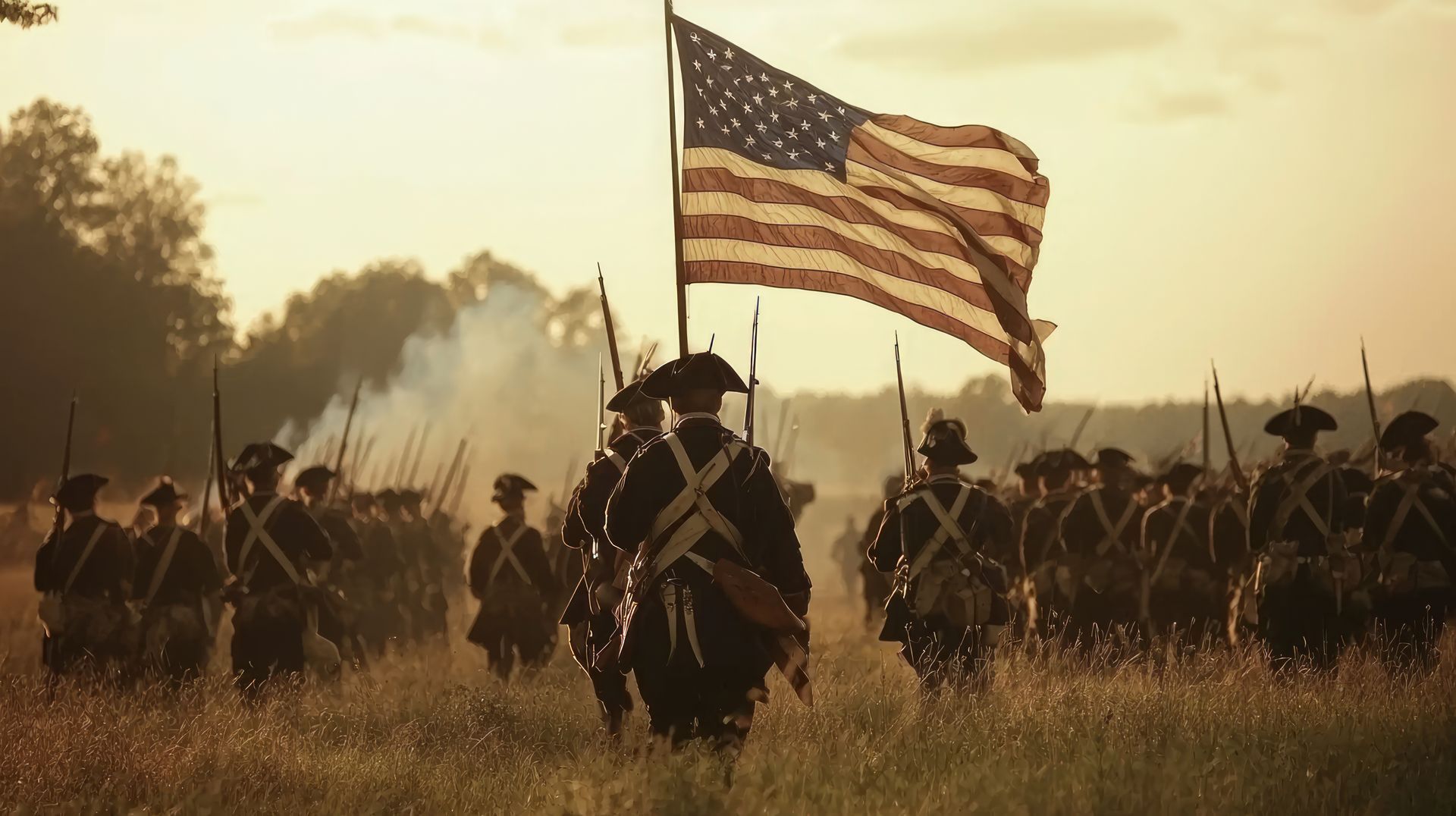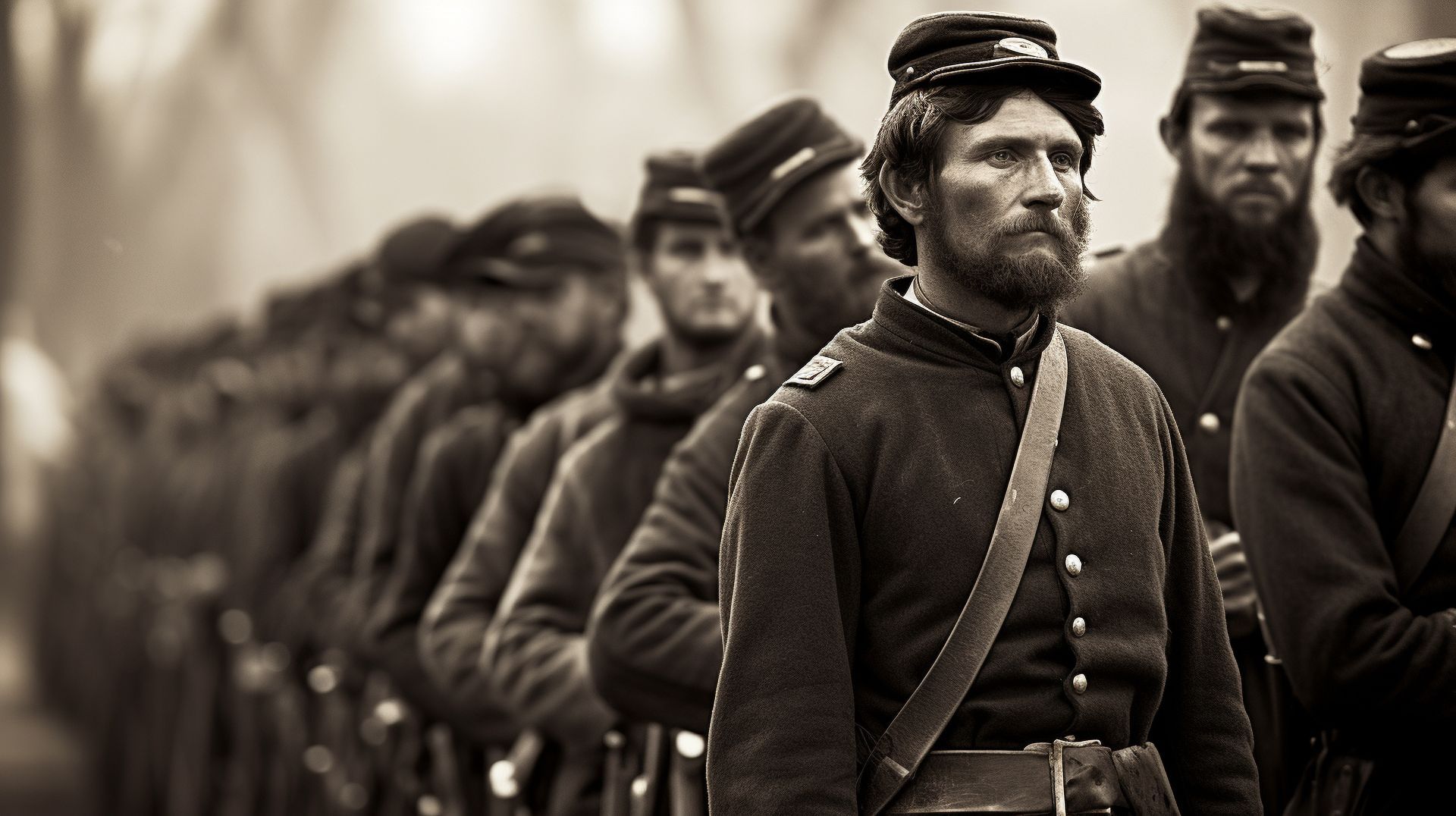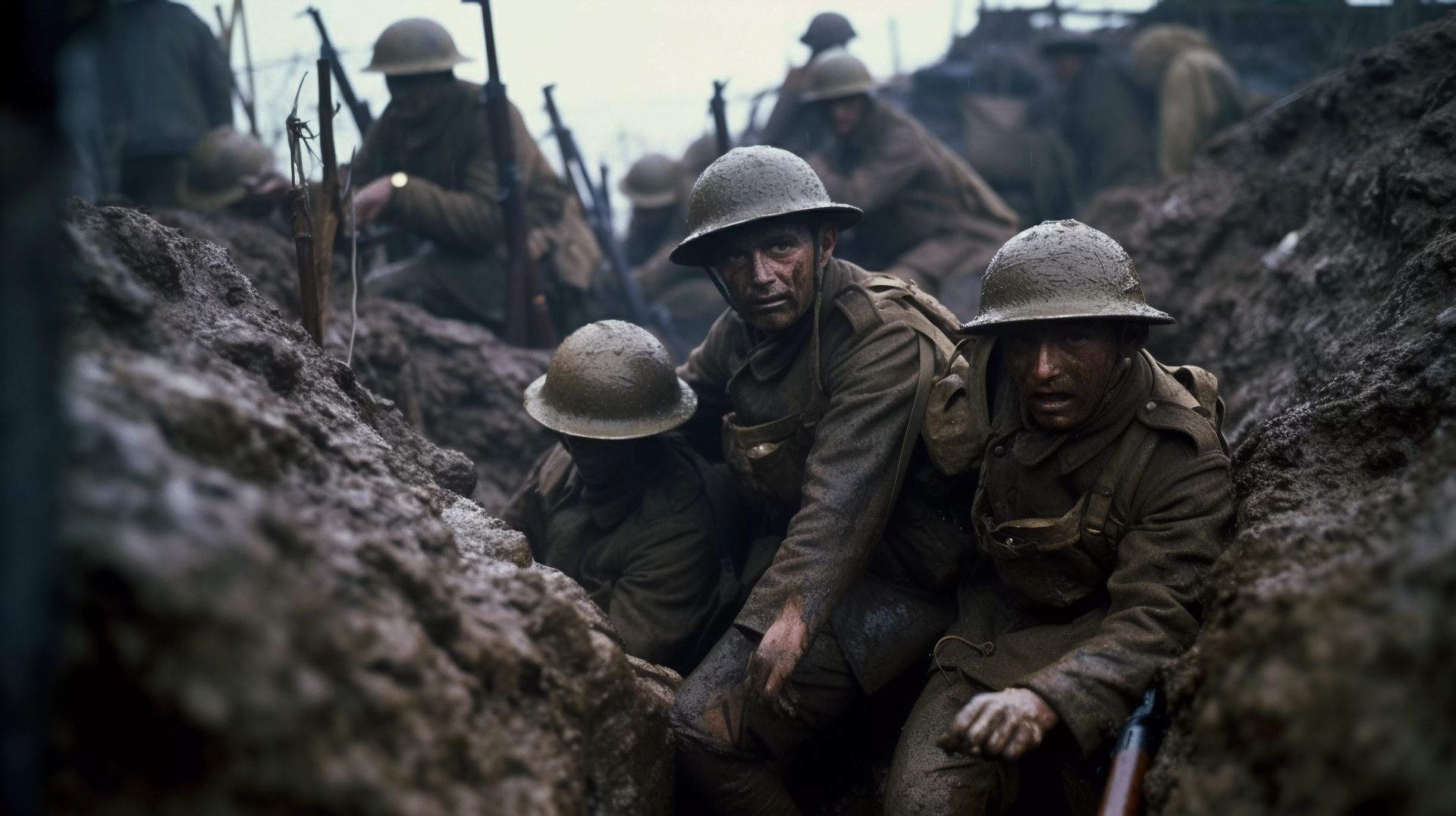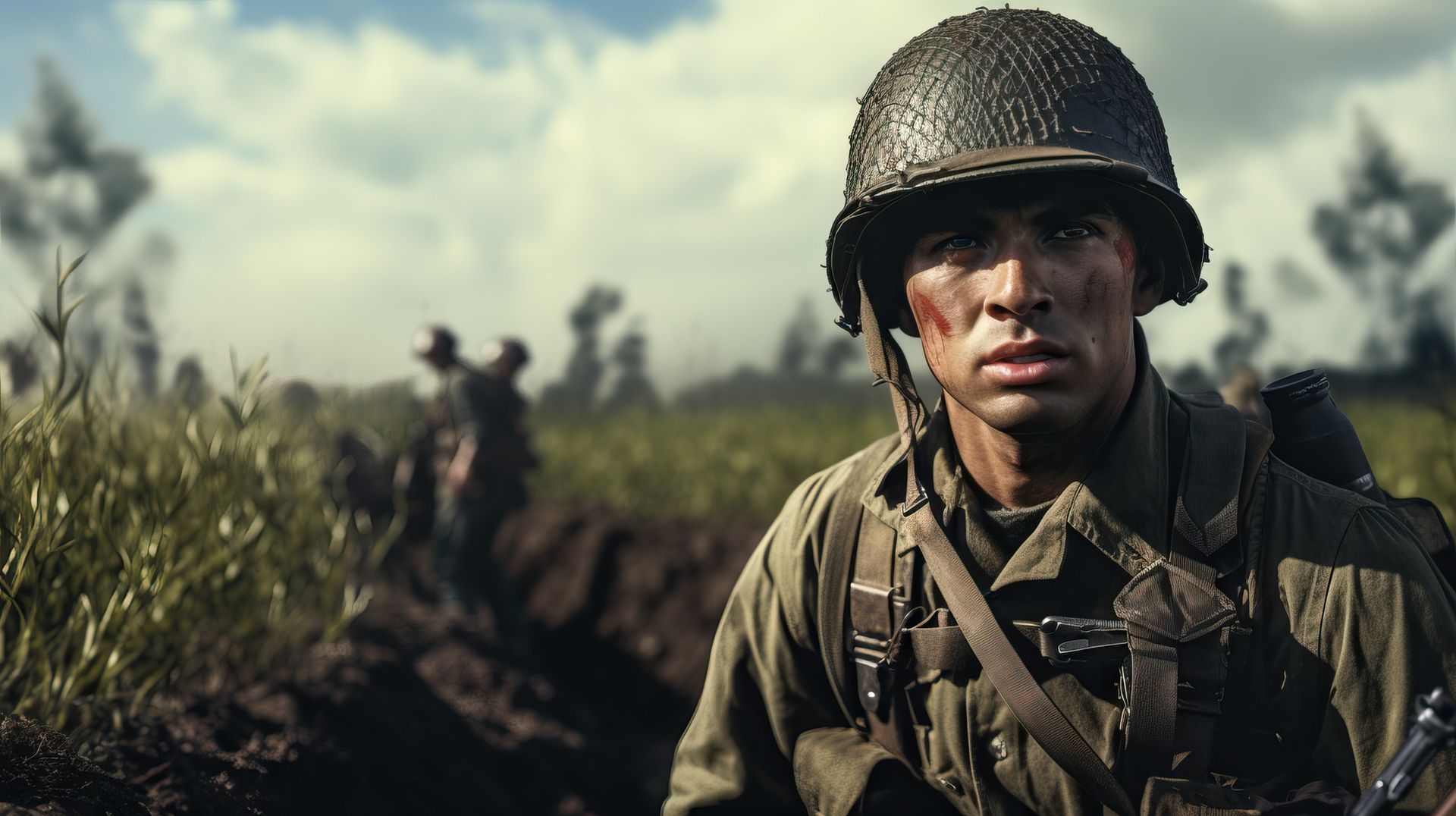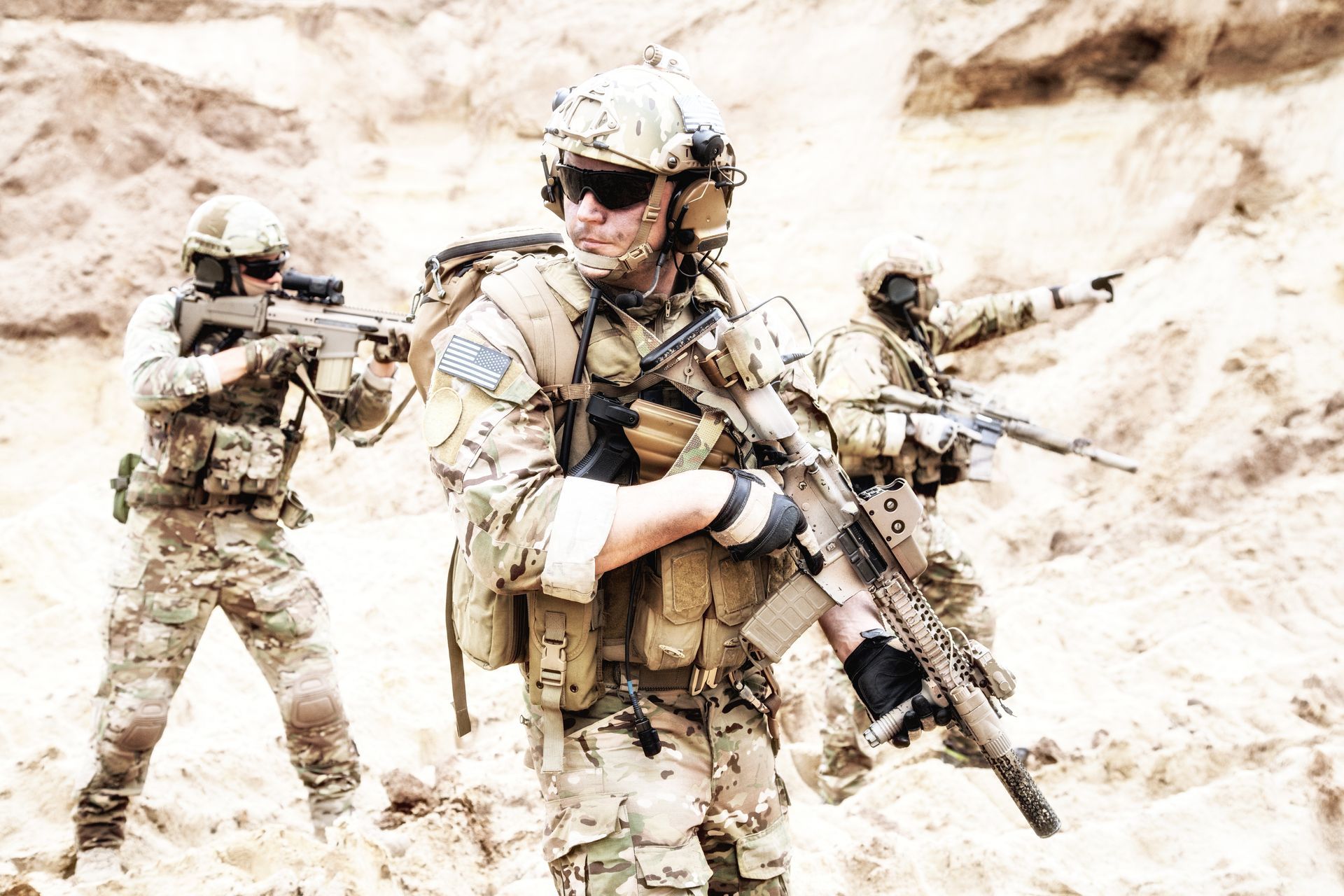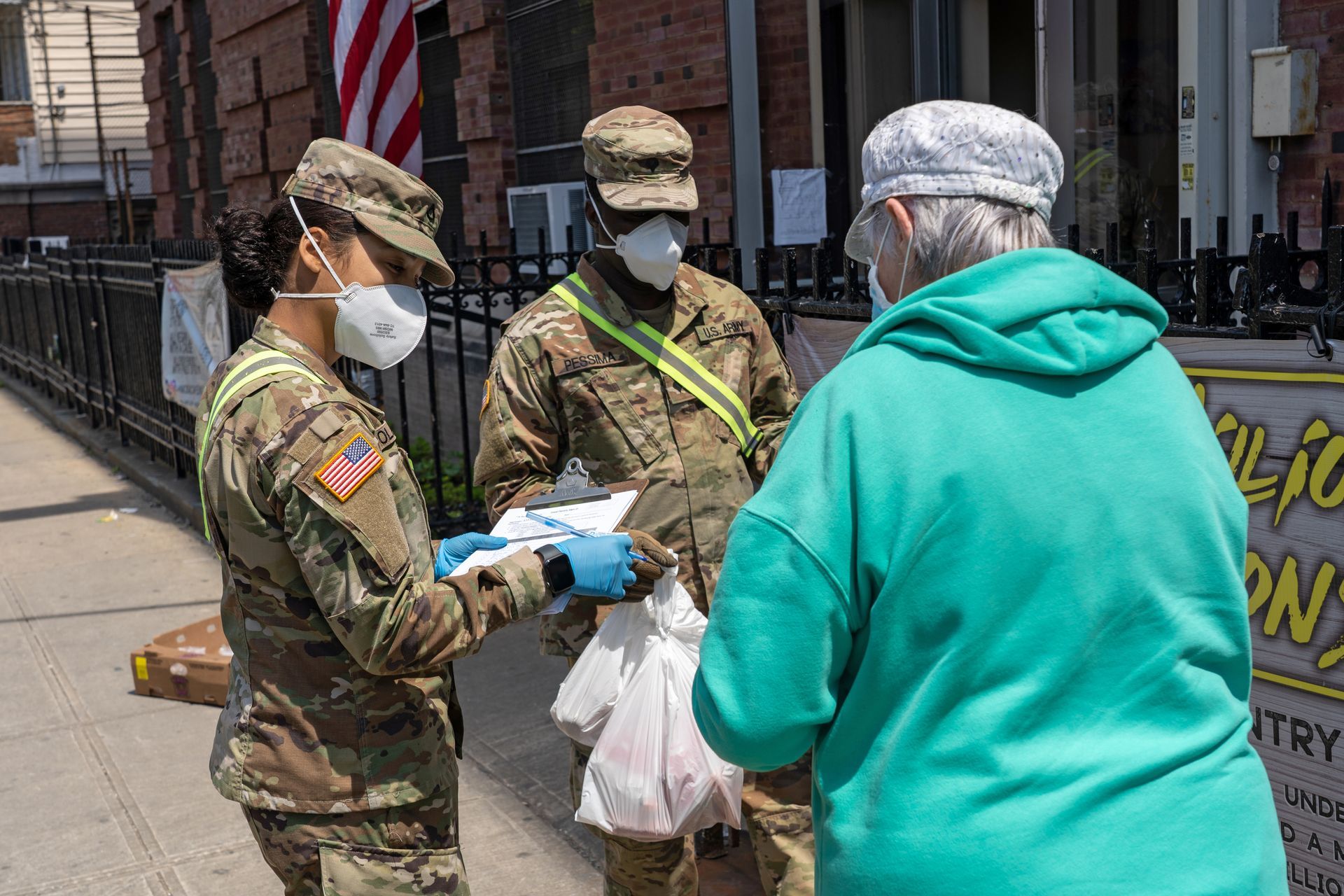Artillery Corps Washington Grays
Est. 1822
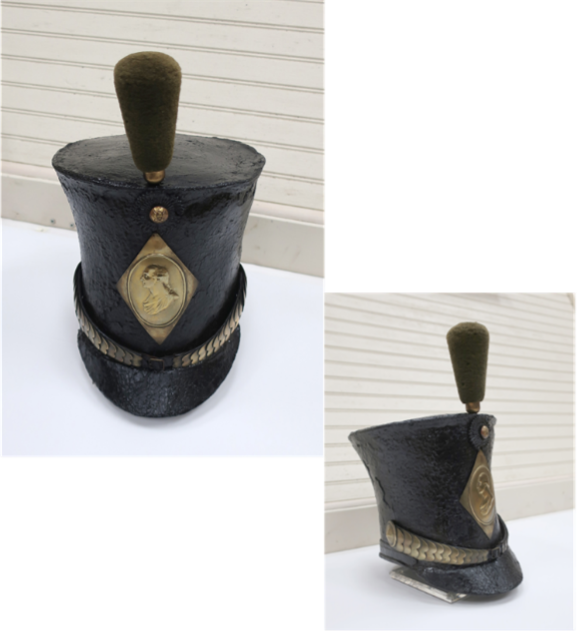
From Volunteer Corps to National Guard: The Washington Grays
The Washington Grays of Philadelphia, also known as Volunteer Corps of Light Infantry, Light Artillery Corps, Washington Grays, Artillery Corps, Washington Grays, was a volunteer regiment of the United States. Formed in 1822 in Philadelphia, the regiment became part of the Pennsylvania National Guard in 1879.
Picture this: Bell Crown Shako, circa 1832
Early Leather Bell Crown Shako of the Artillery Corp Washington Grays circa 1832
Formation
Some members of the Second Company of Washington Guards who were veterans of the War of 1812, resolved on April 19, 1822, to form a Volunteer Corps of Light Infantry with gray uniforms of American cloth. "In whatever civic function, where there was the least degree of military flavor the Grays was always expected to perform its distinctive part, and for over fifty years it stood unrivalled in this respect."
The Corps made its first parade July 1, 1822, with four officers and forty-two men, under command of Captain John Swift.
Picture this: M1833 Short Artillery Sword and Baldric
Original Artillery Corp Washington Grays, Short Artillery Sword and Baldric. This short, Roman style sword was the Army standard in the 1830’s
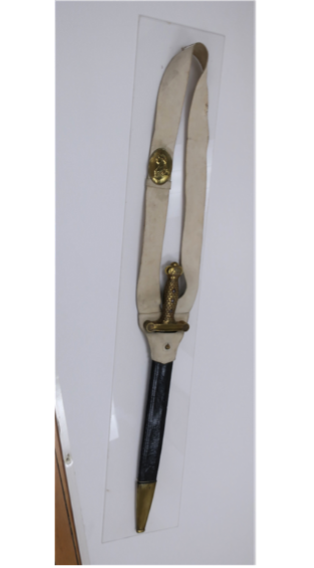
The Washington Grays in Civil Unrest and National Events
The Washington Grays served in the Philadelphia nativist riots of January 1844, and in the Kensington and Southwark riots in May and July of the same year. In 1846 the Corps tendered its services, through the Governor of Pennsylvania, to the President of the United States, as United States infantry during the Mexican–American War. The tender was not accepted, but five members of the Corps served as officers in the Regular and Volunteer Army.
The Corps acted as a guard of honor for the remains of ex-President John Quincy Adams, while lying in state in Independence Hall, March 7, 1848. The last and most important event in which the Corps participated, just before the breakout of hostilities in 1861, was the firing of the salute at the raising of the first thirty-four-star United States flag over Independence Hall, by President-elect Abraham Lincoln, on the morning of February 22, 1861.

Picture this: Model 1855 Rifle Musket that saluted President-Elect Lincoln
The Washington Grays were issued a stand of muskets in 1860, of which this is one of the two which is still in our possession. On his way to his inauguration on March 4th President Lincoln stopped in Philadelphia and gave a speech at Independence Hall in late April. The Washington Grays were the honor guard at this ceremony. There is a photograph of the unit in formation in during the ceremony. Lincoln was invited to raise the first 34-star flag as part of the proceedings. When he raised the flag, the Grays fired a 34-round volley. This weapon was one of those that fired the salute.
American Civil War
The American Civil War broke out when Fort Sumter was fired upon on Friday, April 12, 1861, and capitulated on Sunday the 14th with no lives lost. The President issued his proclamation calling for seventy-five thousand men to deny Southern independence and defend the Union. The Grays held a meeting and resolved to offer its services at once and recruit the unit to its full strength. It was determined to form two companies.
The two companies which were attached to the Seventeenth Pennsylvania Volunteers, commanded by Colonel Frank E. Patterson. There was delay in starting because the government insisted that no troops should be allowed to leave for Washington unless fully equipped and able to successfully repel an attack similar to that made upon the 6th Massachusetts Regiment while going through Baltimore in April, 1861.
Forming on the west side of Washington Square on May 8, 1861, the regiment marched to the railroad depot at Broad and Prime Streets and started for Washington. As soon as it became certain that the two companies A and F recruited as a part of the Seventeenth Regiment would be actively engaged in the field, a reserve corps was formed. The reserve was made up of the honorary and contributing members of the "Artillery Corps Washington Grays" over 45 years of age. The first Colonel was Peter Clarkson Ellmaker, and the name adopted was "Washington Gray Reserves," which the popular tongue soon corrupted into "Gray Reserves." The Grays formed the 118th and 119th from their ranks ("The Corn Exchange Regiment" and "The Gray Reserves," respectively).
The Corps, while being largely represented at the front during the war, still maintained its organization at home, and in the fall of 1862, during the incursion of Robert E. Lee's army into the north in the Antietam campaign, organized a company of one hundred and twenty-five men, which became Company "A" of the 21st Pennsylvania Militia, and during Lee's second incursion in 1863 in the Gettysburg campaign, on June 30, organized a full Company "A," and part of Company "B", for the 49th Pennsylvania Militia.
Picture this: Three presentation sabers are on display from leaders in the First Regiment and Washington Grays.
